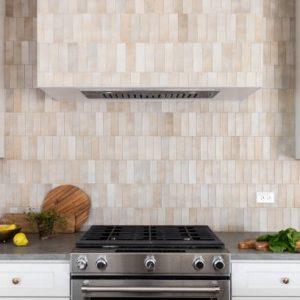Table of Contents
Hanging a heavy picture on your wall can seem daunting, but it’s not as impossible as it seems. Pictures and artwork are the integral elements that crown your interior design. While we sometimes may be tempted to go grand with large, show-stopping pieces, it is important to follow the right principles to ensure heavy pictures are safely supported onto your wall, with no risks of crashing.
With just a few tools and the right tips, you’ll have your most cherished pictures and heirlooms hanging on your walls in no time at all.
Main considerations for hanging a heavy picture
The following are the top 5 considerations for durably hanging a heavy picture onto your wall.
The picture weight
You can classify your painting as heavy if the total weight of the picture inclusive of the frame exceeds 25 pounds. The weight of the picture will determine the fixing and method you use to hang the piece of art.
The positioning of the pictures
For aesthetics and preservation, position your picture at eye level away from direct sunlight. The center of your picture or entire collection should therefore be approximately 57 inches from the ground. Go for art lighting fixtures with minimum UV or heat emissions. Additionally, place your artwork centrally above furniture, leaving even spacing between the frames when working with a collection, for a cohesive look.
The type of wall
Whether working with solid brick, concrete, or timber-frame walls, you must first certify that your wall can withstand the load of the heavy picture. This will ensure that the structural integrity of your home is not compromised. The type of wall will also determine the type of fixings you use to support your picture frame. For timber-frame walls, fix your piece of art onto the wall studs or fix toggle bolt anchors into the drywall if you cannot locate the studs. Drilling nails and screws would sufficiently work for brick and concrete walls.
The picture size and hanging points
Large heavy pictures often require more than one hanging point to distribute the load. Therefore, it can be a challenge to locate all your anchor points on the studs or structural frames. In this case, you can decide to work with one heavy-duty fixing that can sustain the entire weight, or supplement with toggle bolts for more than one anchor point.
If you opt to work with a single anchor point, ensure it is at the center of the picture. For better balance when working with two hanging points, mark the points equidistantly from the center.
Method of hanging and types of fixings
You can choose to hang your heavy painting steadily by fixing picture hangers directly to the frame and onto a picture hook. Alternatively, you can hang it from a picture wire, fixing the screws or straphanger at a distance that is a third from the top of the frame. Straphangers can withstand up to fifty pounds of weight in this application.
Regardless of the fixings, you select, always ensure that they can cumulatively carry the picture weight. To fasten your art with a picture light onto the wall, drill onto the structural framework and fix decorative painting hanging nails and screws, or invest in a hanging system that can support up to fifty pounds of weight.
For heavier pictures that weigh over fifty pounds, a sawtooth hanger is the better choice, bearing up to 250 pounds of weight. However, if you do not want to drill into your walls, you can shelf it, use an existing picture rail or opt for heavy-duty artwork-hanging strips for pictures that weigh less than 16 pounds.
When it comes to selecting the best wall anchors for supporting heavy pictures, opt for plastic winged anchors for pictures that weigh 25 pounds or less, and toggle bolt anchors for up to 50 pounds of weight.
Bottom Line
There are a lot of hanging options when it comes to heavy pictures. The above expert tips and tricks will guide you in safely hanging your heavy picture like a pro.





